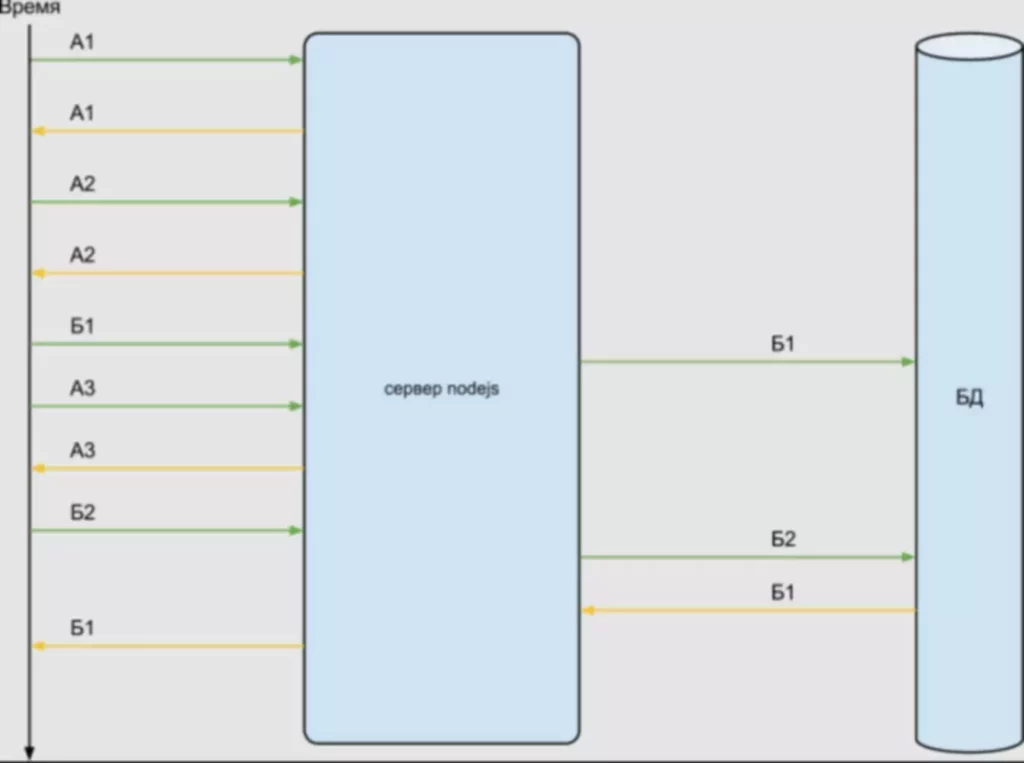Falling Wedge Pattern: What Is It? How It Works?
The falling wedge sample is a well known chart pattern that signifies a potential bullish reversal out there. It is shaped by two descending development lines, representing the highs and lows of an asset’s value movement. This pattern is commonly seen as a dependable signal for traders to anticipate a development reversal and benefit from potential buying opportunities. The falling wedge chart formation signifies a potential bullish pattern reversal or continuation once the value breaks above the higher trendline. Buyers place long commerce Fintech positions when the worth breakout is validated by a surge in buying and selling quantity.
When figuring out a falling wedge pattern, volume traits can provide useful information about the power of the development and the potential for a reversal. In a bottoming sample, the initial downtrend ought to have high volume, indicating strong promoting strain and a bearish sentiment amongst merchants and investors. In a continuation pattern, the initial advance should also have high quantity, indicating the legitimacy of the uptrend. In each eventualities, because the inventory then reaches support and begins to consolidate, quantity will usually lower, forming a tight trading range. This decrease in quantity means that the inventory has reached a state of indecision, as buyers and sellers are in stability and the stock is consolidating. To trade descending wedges, traders first identify them by ensuring that the value is making decrease highs and lows inside converging trendlines.
Technical analysts determine a falling wedge sample by following five steps. The fourth step is to verify the oversold signal and finally enter the trade. Although each traces point in the identical path, the lower line rises at a steeper angle than the higher one. As far as volumes are concerned, they carry on declining with every new worth advance or wave up, indicating that the demand is weakening on the greater value level. In a bullish pattern what appears to be a Rising Wedge may very well be a Flag or a Pennant (stepbrother of a wedge) requiring about four weeks to complete. Conversely, the bearish pennant varieties after a significant downward movement and is characterised by converging trendlines that create a small symmetrical triangle.
It underscores the significance of setting cease losses and waiting for volume affirmation. The path of the breakout (upwards for falling wedges and downwards for rising wedges) supplies a cue for traders on whether or not to go long or brief. The higher pattern line is drawn by connecting the decrease highs, and the decrease pattern line is drawn by connecting, the lower lows. The falling wedge is often recognized as a bullish reversal pattern.
Ascending And Descending Triangle
The breakout ought to ideally be accompanied by an increase in volume for stronger affirmation. In wedge analysis, quantity plays a pivotal function in validating the sample and the ensuing breakout. As the wedge types, the buying and selling volume usually contracts, reflecting the market’s uncertainty.
However, suppose the pattern emerges throughout a bullish pattern, and rising volumes help the higher resistance line breakout. In this scenario, a “Falling wedge” sample signifies a continuation of the pattern https://www.xcritical.com/. A falling wedge pattern is a technical chart pattern that seems throughout a downtrend and is considered a bullish reversal sample. It is characterised by two converging trendlines, the place the higher trendline slopes downward at a steeper angle than the lower trendline, making a falling wedge shape. The falling wedge sample could be interpreted as a bullish reversal sign, signaling the end of a consolidation part and the potential continuation of an overall uptrend. The pattern represents a interval of calm earlier than a potential storm, as patrons use the consolidation part to regroup and entice new shopping for interest.
A dealer sets the second goal of $34, where he also secures part of the earnings. The remaining profits can be secured somewhat later as a outcome of, in any case, the profits may have already been acquired. Once the upper resistance line was pierced, the worth continued to develop to new highs within the following weeks.
- Falling wedges occur when the price is making lower highs and lower lows, however the pace is slowing, causing the trend lines to converge.
- This sample is often seen as a dependable sign for merchants to anticipate a pattern reversal and reap the benefits of potential shopping for alternatives.
- The objective is ready using the measuring method at a earlier stage of resistance or below the latest swing low whereas sustaining a beneficial risk-to-reward ratio.
- Nevertheless, you want to anticipate the shut of the buying and selling period and presumably take a pause to ensure reliability.
- It also helps traders manage their dangers and maximise their revenue potential by offering clear stop, entry and restrict ranges.
Volume keeps on diminishing and trading activity slows down because of narrowing costs. There comes the breaking point, and trading exercise after the breakout differs. Once prices move out of the specific boundary strains of a falling wedge, they’re extra prone to transfer sideways and saucer-out before they resume the essential development. While the falling wedge suggests a potential bullish move, the bearish pennant indicates a continuation of the bearish pattern. The formation of a Wedge Pattern involves price action that contracts over time, forming a wedge shape bounded by two converging development traces. One downside is that they can generally produce false breakouts, resulting in losses.

What Is A Falling Wedge Sample Entry Point?
Another volume hike occurred in May 2024, when the asset broke by way of the resistance line, which was assist. Falling wedges and descending triangles have a similar appearance, which is confusing for merchants attempting to establish the proper sample. The descending triangle and falling wedge both have significance for the price, which helps buyers comprehend what’s going on out there and what occur next. There are 2 key differences to know and distinguish the pattern more clearly.

What Ought To Buyers Think About When Buying And Selling Wedges?
Unlike triangles, each strains in a falling wedge are both falling or rising. Triangles have one parallel line, and their patterns differ primarily based on whether they are ascending, descending, or symmetrical. While some merchants observe the course of the breakout, others favor ready for the market to revisit the breakout level before getting into the trade to scale back falling wedge bullish or bearish the risk of false breakouts.
An improve in volume upon breakout is taken into account to be a confirmation of the validity of the pattern and the strength of the move. It signifies that there is sturdy demand for the security and that traders are actively buying, pushing the worth larger. When quantity is high, it might be a sign of strong conviction amongst traders, which can result in a sustained price transfer. A falling wedge as a bullish continuation pattern inside an uptrend could be noticed when the worth of a security is trending upward and forming a falling wedge pattern. The falling wedge shines when used within a broader market analysis framework. Tools like options alerts can complement its insights, offering timely updates and enhancing your responsiveness to market shifts.











